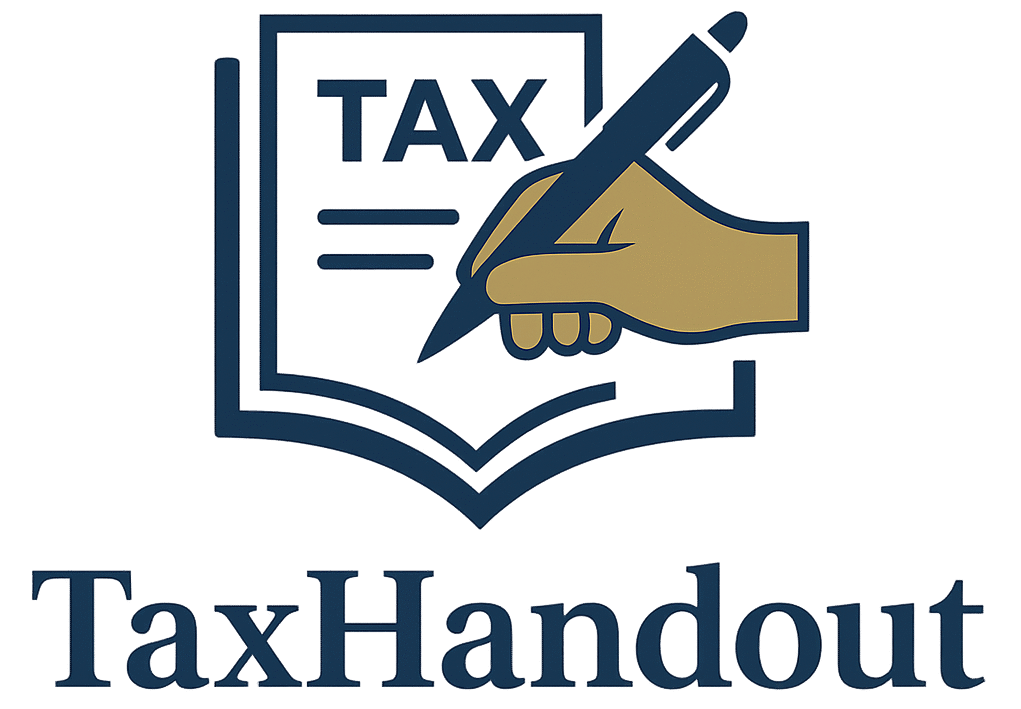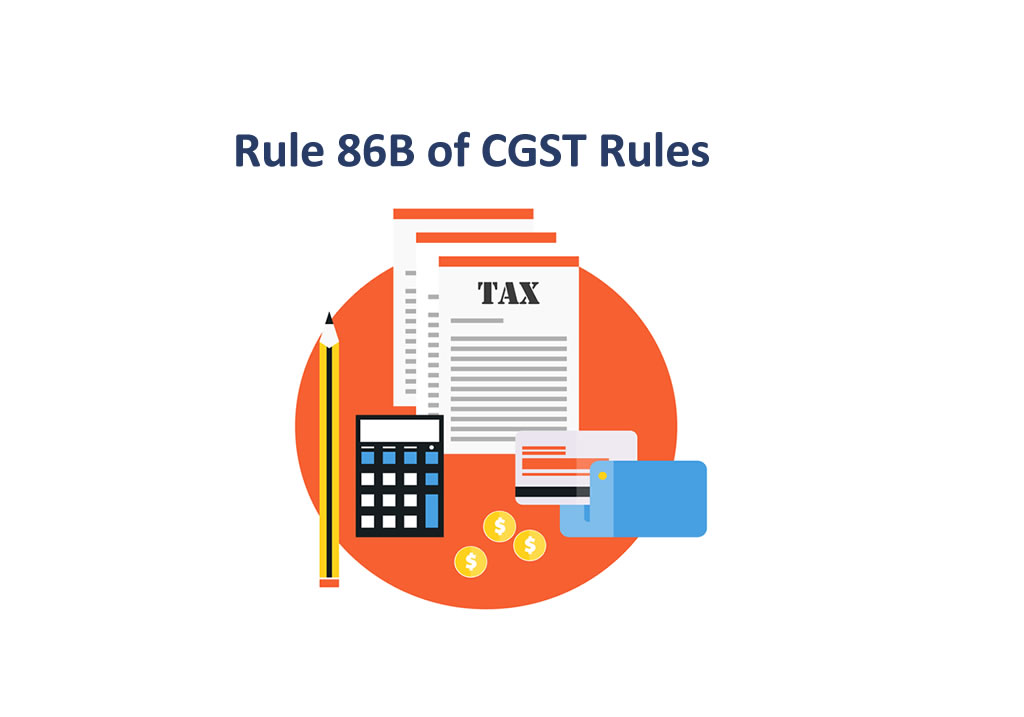Introduction
In the ongoing effort to tighten GST compliance and prevent revenue leakage through fraudulent ITC claims, the Government of India introduced Rule 86B in the Central Goods and Services Tax Rules, 2017, with effect from 1st January 2021. This rule brought in a restriction on the utilization of input tax credit (ITC) for discharging GST liability, aiming to control the misuse of ITC through fake invoices and paper transactions.
What is Rule 86B?
Rule 86B imposes a restriction that only up to 99% of the output tax liability can be discharged using ITC. At least 1% of the GST liability must be paid in cash (using the electronic cash ledger).
📌 Applicability:
Rule 86B applies when:
- The value of taxable supplies (excluding exempt and export supplies) in a month exceeds ₹50 lakh.
So, it is a monthly threshold-based restriction triggered by high turnover, typically targeting medium to large businesses.
Illustration
Suppose a company has:
- Output tax liability = ₹10,00,000
- ITC available = ₹10,00,000
Due to Rule 86B: - Only ₹9,90,000 (i.e. 99%) can be paid through ITC.
- Minimum ₹10,000 (1%) must be paid in cash.
Exceptions to Rule 86B
This rule does not apply under the following circumstances:
✅ Income Tax Criteria:
If any of the following persons have paid more than ₹1 lakh in income tax in each of the two previous financial years:
- The registered person itself
- Proprietor, Karta, or Managing Director
- Partner or Whole-Time Director
✅ Refund Condition:
If the registered person has received a refund exceeding ₹1 lakh in the previous financial year:
- On account of zero-rated supplies made under LUT (Letter of Undertaking)
- Due to inverted duty structure
✅ Special Entity Exemption:
Rule 86B does not apply to:
- Government Departments
- Public Sector Undertakings (PSUs)
- Local Authorities
- Statutory Authorities
Compliance Requirements
Registered persons falling under the purview of Rule 86B must:
- Monitor monthly taxable turnover to check if they cross the ₹50 lakh threshold.
- Ensure 1% of tax liability is discharged in cash wherever applicable.
- Maintain proper documentation and income tax records to support any claim of exemption.
- Be prepared for increased scrutiny in case of non-compliance.
Why Rule 86B was Introduced
The key objective of Rule 86B is to combat:
- Fake invoicing rackets
- Excessive and fraudulent ITC utilization
- Tax evasion through shell companies
This rule acts as a deterrent by enforcing a minimum cash payment, thus ensuring that fraudulent entities cannot run purely on ITC without any real tax outgo.
Criticism and Industry Concerns
- It imposes cash flow burden on genuine businesses already facing liquidity challenges.
- It contradicts the principle of seamless ITC, a fundamental pillar of GST.
- Some taxpayers with legitimate high ITC accumulations (e.g., exporters, capital-intensive businesses) may face temporary hardships.
However, the exemptions built into the rule help mitigate some of these concerns for compliant taxpayers.
Conclusion
Rule 86B is a targeted compliance measure under the GST regime that aims to strike a balance between facilitating input credit and curbing fraudulent practices. While it has received mixed feedback from industry stakeholders, it remains a critical provision in the government’s arsenal to ensure GST integrity.
Businesses must proactively assess their applicability under Rule 86B each month and ensure documentation is robust to avail of exemptions where applicable.

